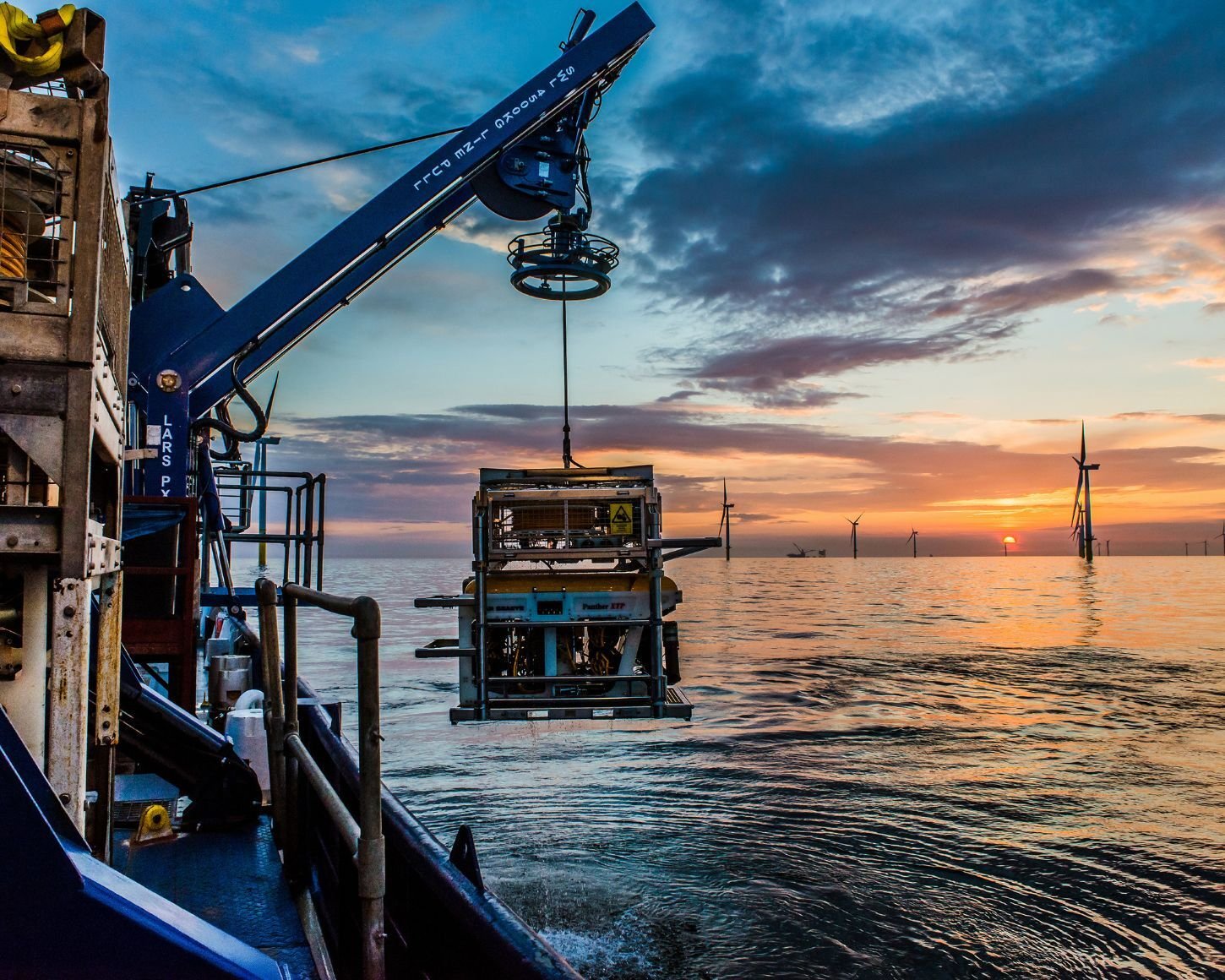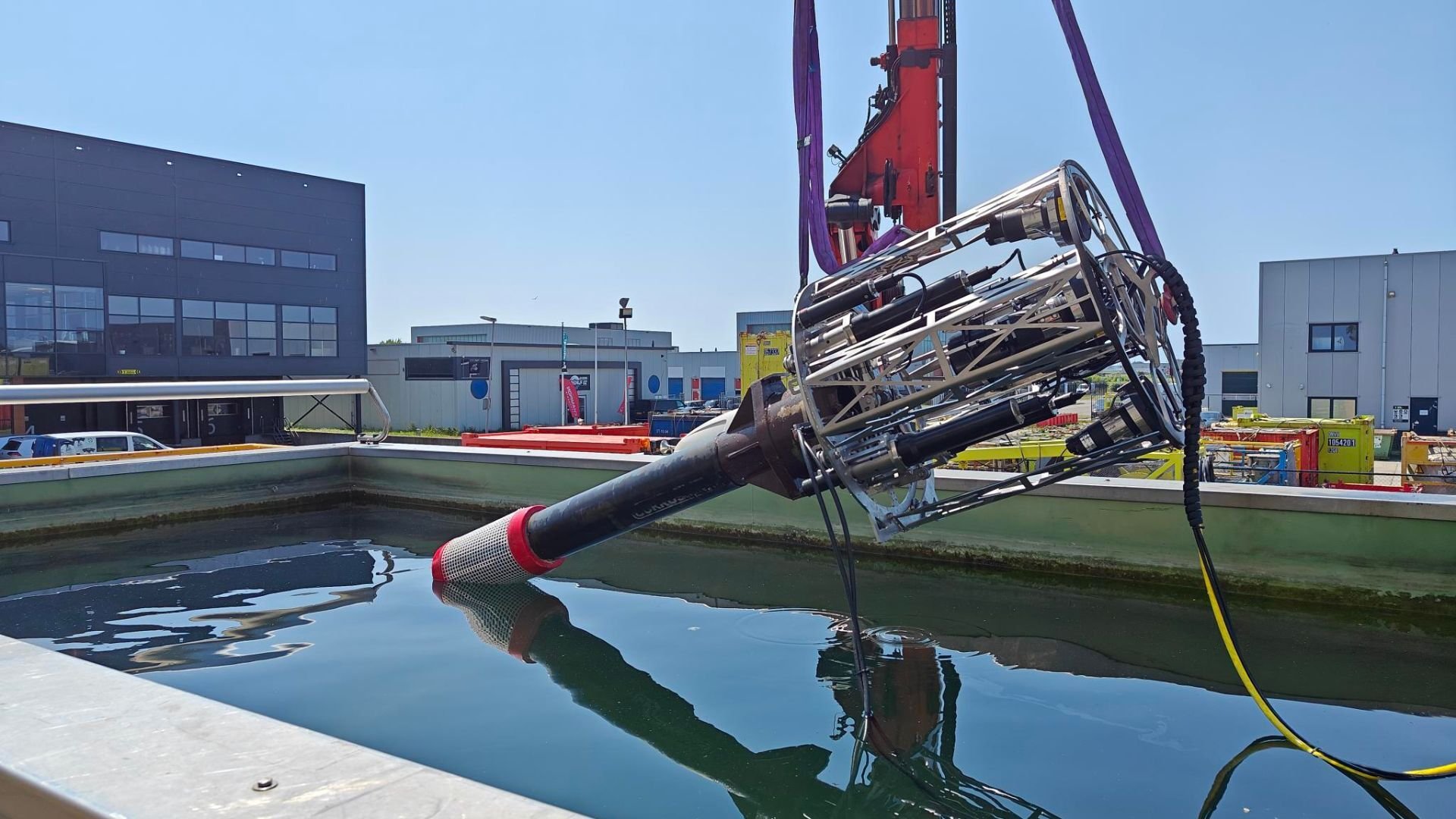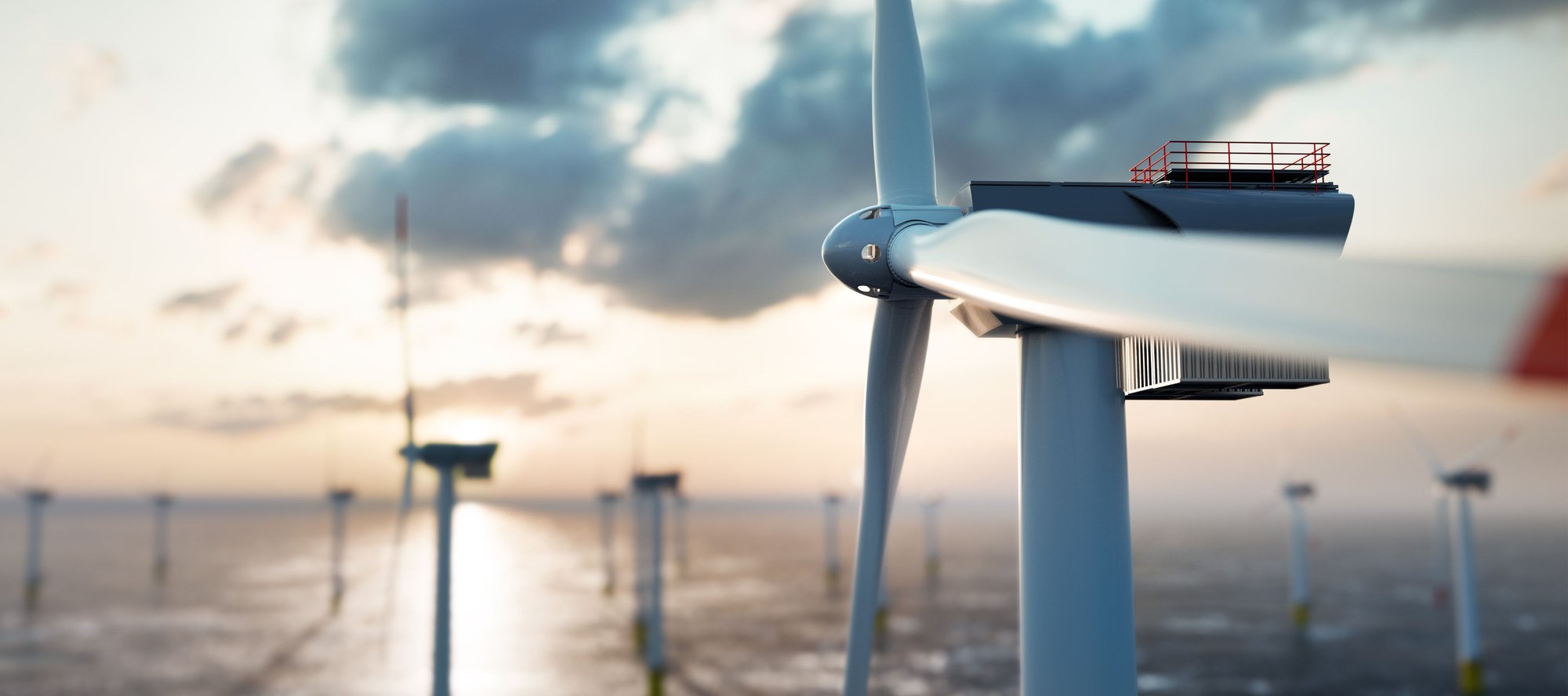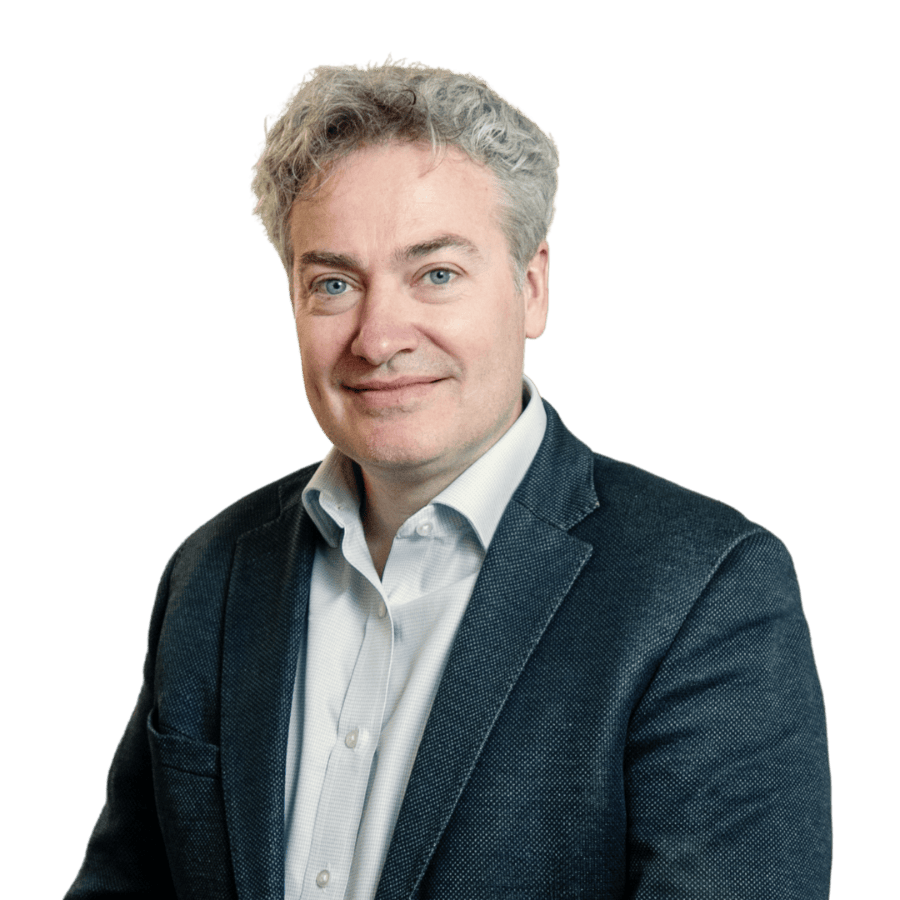
Offshore wind leverages oil and gas expertise for IRM
Offshore wind is harnessing oil and gas expertise to revolutionise inspection, repair, and maintenance. With a shared focus on subsea infrastructure integrity and lifecycle management, this cross-pollination is unlocking new efficiencies and capabilities for extending the life of wind farms approaching design limits.
As offshore wind farms approach their first significant ageing milestones, developers are increasingly turning to experienced oil and gas companies to handle inspection, repair, and maintenance (IRM) tasks. This shift highlights a growing trend of cross-pollination between the two industries, driven by the need to address the challenges posed by ageing assets in offshore environments, positioning the wind sector for a transformative leap forward through this collaboration.
Initially, the offshore wind sector was hesitant to embrace existing oil and gas expertise. Early efforts to transition oil and gas construction skills into wind farm development often fell short due to fundamental differences in project requirements. Wind construction tends to be logistically intensive and cost-sensitive, favouring dredging specialists with strong civil construction backgrounds, while oil and gas projects are characterised by complexity and high-pressure, deepwater environments.
Despite this, the growing need for asset lifecycle management in offshore wind is bridging the gap. For example, in Germany, as wind farms pass the 10-year mark, with many nearing their design life of 20 years, developers are exploring options for lifetime extensions. This pivot has opened the door to oil and gas expertise, where managing ageing infrastructure and conducting integrity assessments are core practices. This is not only reshaping maintenance approaches but also paving the way for long-term, sustainable wind farm operations.

The subsea domain has been a particularly fertile ground for cross-pollination, with tools and methodologies originally developed for oil and gas proving highly adaptable to wind farm IRM. Remotely operated vehicle (ROV) technologies and automated weld assessment systems, designed to overcome the complexities of subsea welding, are now being used to evaluate the integrity of wind farm foundations, reducing reliance on costly and time-consuming diver interventions. These innovations enable operators to gain critical insights into structural integrity, maximising time and cost efficiencies.
This collaboration is also driving demand for increased research and development, particularly in artificial intelligence and machine learning, to improve operational efficiency. Technology companies with a proven track record in oil and gas bring extensive experience in mature remedial scopes, helping wind operators tackle challenges like scour protection, lifetime extension programmes, and retrofits for cables, J-tubes, anodes, and impressed current cathodic protection (ICCP). Tools like OEG’s ICCP-SAM, specifically designed to remotely install ICCP anodes on monopile foundations of all sizes, enabling installation anywhere on the foundation, with the option to perform a repair without the need for diving support.

Many vessels designed for oil and gas operations are also now used for wind farm IRM work, reducing costs by minimising mobilisation requirements. This operational synergy is particularly important as the offshore wind sector continues to expand rapidly and struggles to develop in-house expertise at the same pace. By utilising existing oil and gas infrastructure, wind developers can meet the growing demand for expert, premium maintenance services without the need for significant investments in new technology solutions.
While the practical benefits of cross-pollination are clear, the cultural shift to embrace this transition has not been without challenges. Initially, there was reluctance within the wind sector to accept input from oil and gas, due to concerns over differing values. However, as the wind industry matures and faces more complex challenges, these attitudes are softening. The industry is realising that oil and gas expertise is indispensable for navigating the complexities of ageing wind farms.
With thousands of turbines approaching mid-life, the need for proven IRM solutions will grow. This partnership reflects a broader trend in the energy transition: industries are not replacing one another but finding synergies that drive innovation and sustainable growth. As wind energy moves into a new phase of maturity, the fusion of oil and gas knowledge and offshore wind innovation will be key to solving the sector’s most pressing challenges.

